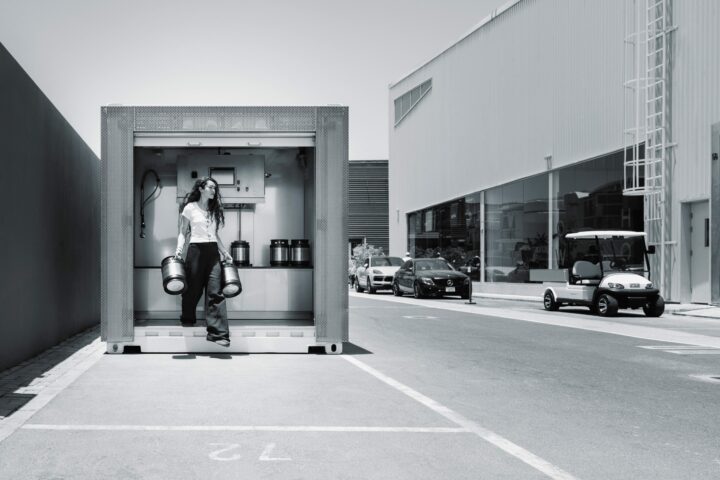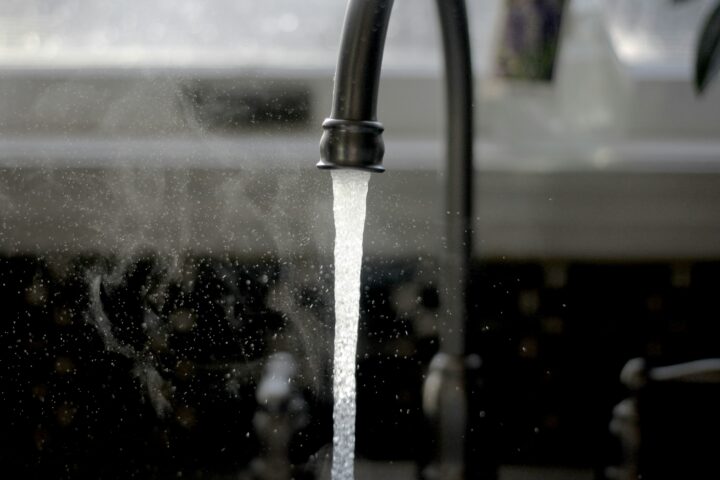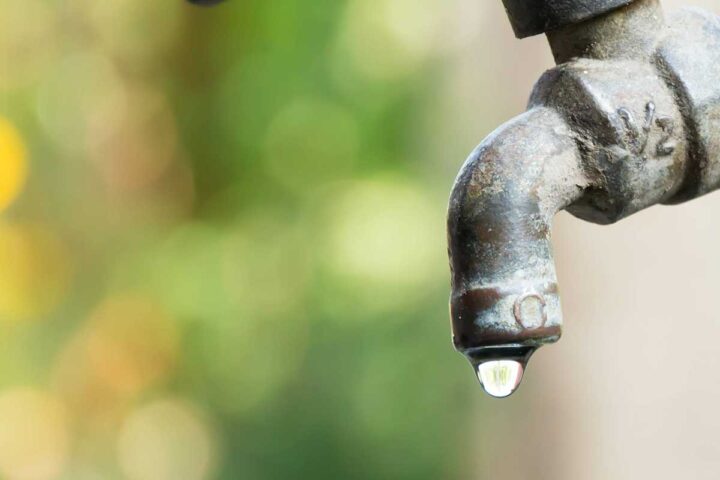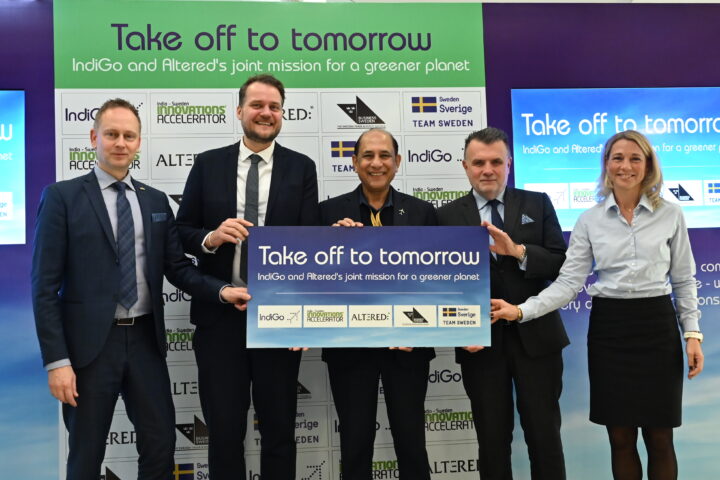Water pipes are something we rarely think about, but functioning drinking and wastewater systems are literally vital for people to live in urban areas. Meet the company that wants to help municipalities worldwide save time, energy and money.
He’s an engineer so he can count, but Fredrik Sahl still couldn’t add up the numbers when he read a report on local water management in the late 2010s; if the municipality produced eight million cubic meters of clean drinking water every year, how come that they then had to clean sixteen million cubic meters in the treatment plant, twice as large a volume?
– I learned when I looked more closely at the issue that it is due to rainwater leaking into the sewer lines. In this municipality, the volume that leaked in was as large as the volume the residents use, and that is not unusual.
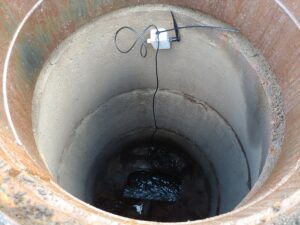
Flow below’s temperature sensor
Because in many parts of the world, the sewage network is relatively old and due to wear and tear or, in some cases, simply a faulty connection, rainwater enters the system. Something that causes big, expensive problems. Firstly, it requires the municipality to build a much larger sewage system than is needed. Secondly, there is the risk that the sewage network cannot swallow all the rainwater and that there will then be flooding through toilets and floor drains into properties. Thirdly, it means that the municipality’s sewage treatment plant must not only clean the water that the municipality’s residents have used but also a whole lot of rainwater.
– Running a treatment plant is a very energy-intensive process, so if we could reduce the amount of rainwater that we have to treat, we would save a lot of both energy and money, explains Fredrik Sahl.
When he realized the extent of the problem, he decided to do something about it but quickly realized that if you want to keep rainwater out, you must first find the places where it gets in.
– And it is quite difficult because we are talking many, many miles of underground lines in each municipality.
In other words, almost hopeless to find through manual review, but Fredrik Sahl came up with an idea.
– Wastewater comes from when we shower, wash our hands and do the dishes, that is, it is used hot water and thus often still lukewarm down in the pipes.
Rainwater, on the other hand, is cold, and by installing sensors in the sewer pipes that measure the temperature of the water, Fredrik Sahl’s company Flow Below can, through data analysis, create a map of where in the network the water is the coldest.
– By following the temperature of the water, we can show with relatively good accuracy where the large leaks are, and thus allow municipalities and VA companies to find them without having to dig up the entire network.
Flow Below has existed since 2019 and so far, the response from municipalities and VA companies has been very good. Now the goal is to reach even more municipalities and companies, and in the long-term Fredrik Sahl hopes that Flow Below will be able to work in many different geographical markets.
– This is a big problem for all cities that have sewage networks and considering the climate changes we are already seeing, with increased rainfall, the problem will only get bigger. Being able to participate and reduce the negative consequences of this and simultaneously help municipalities save energy and money feels very good to me.
Text: Karin Aase
